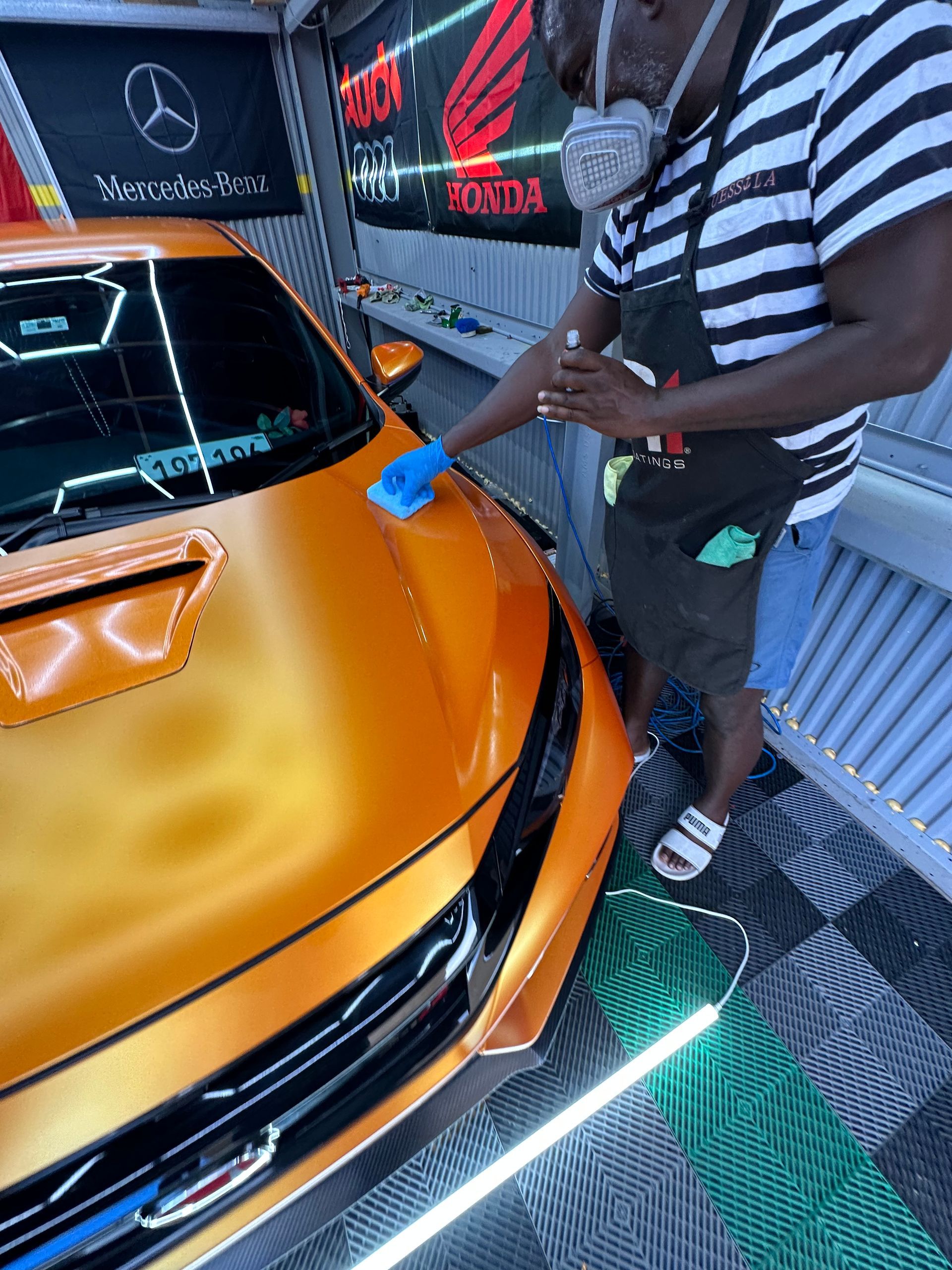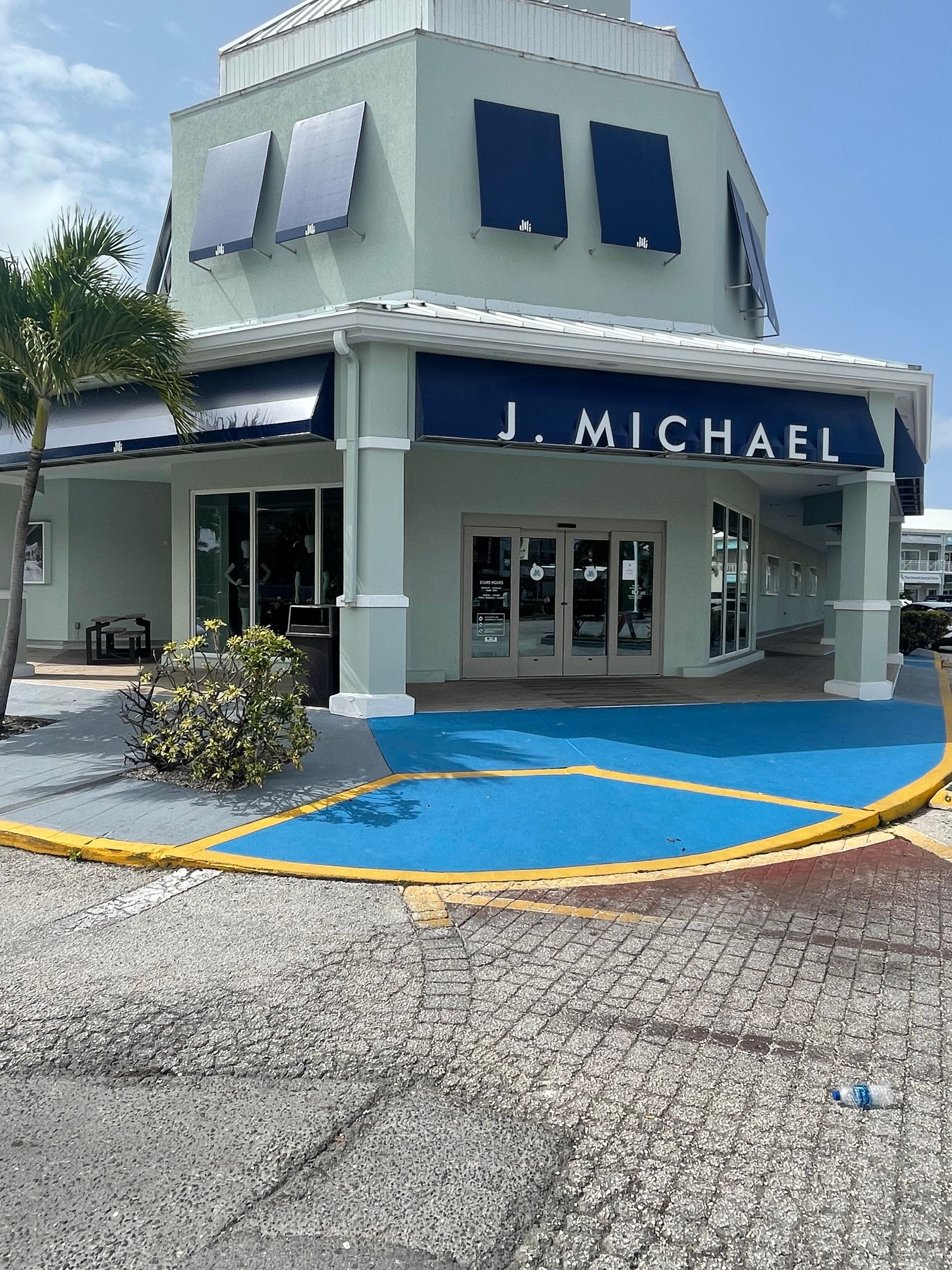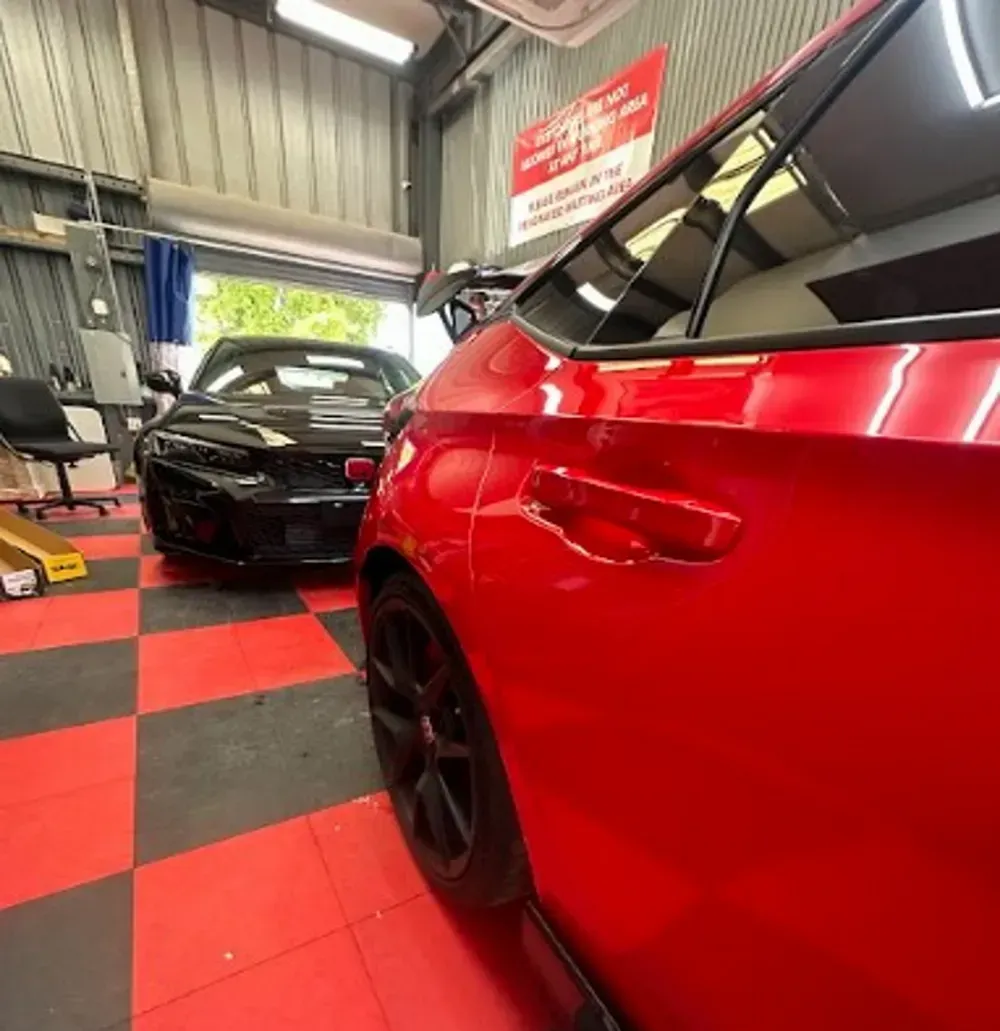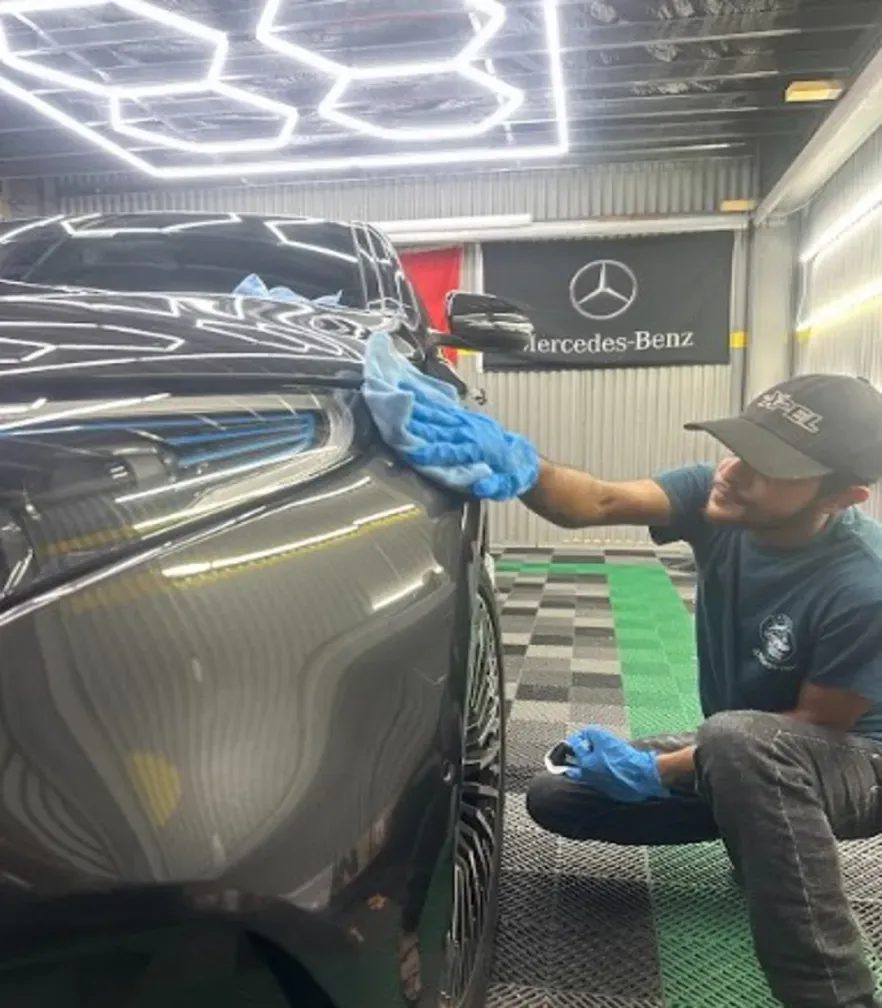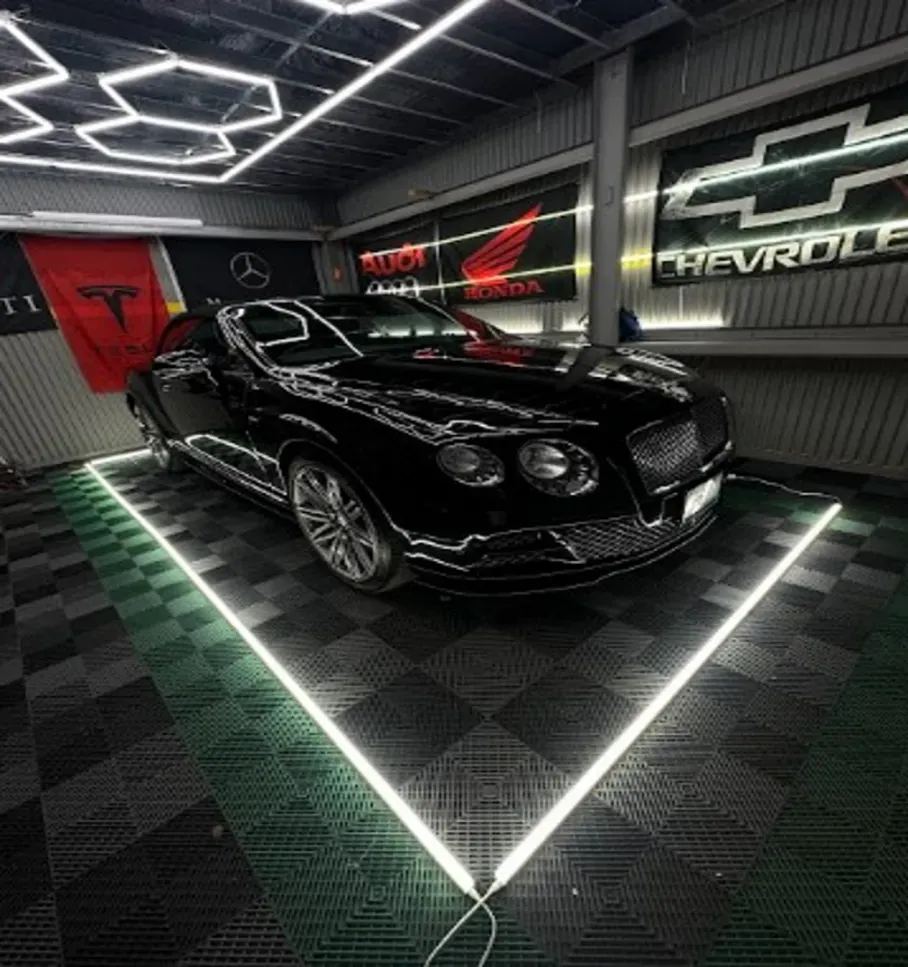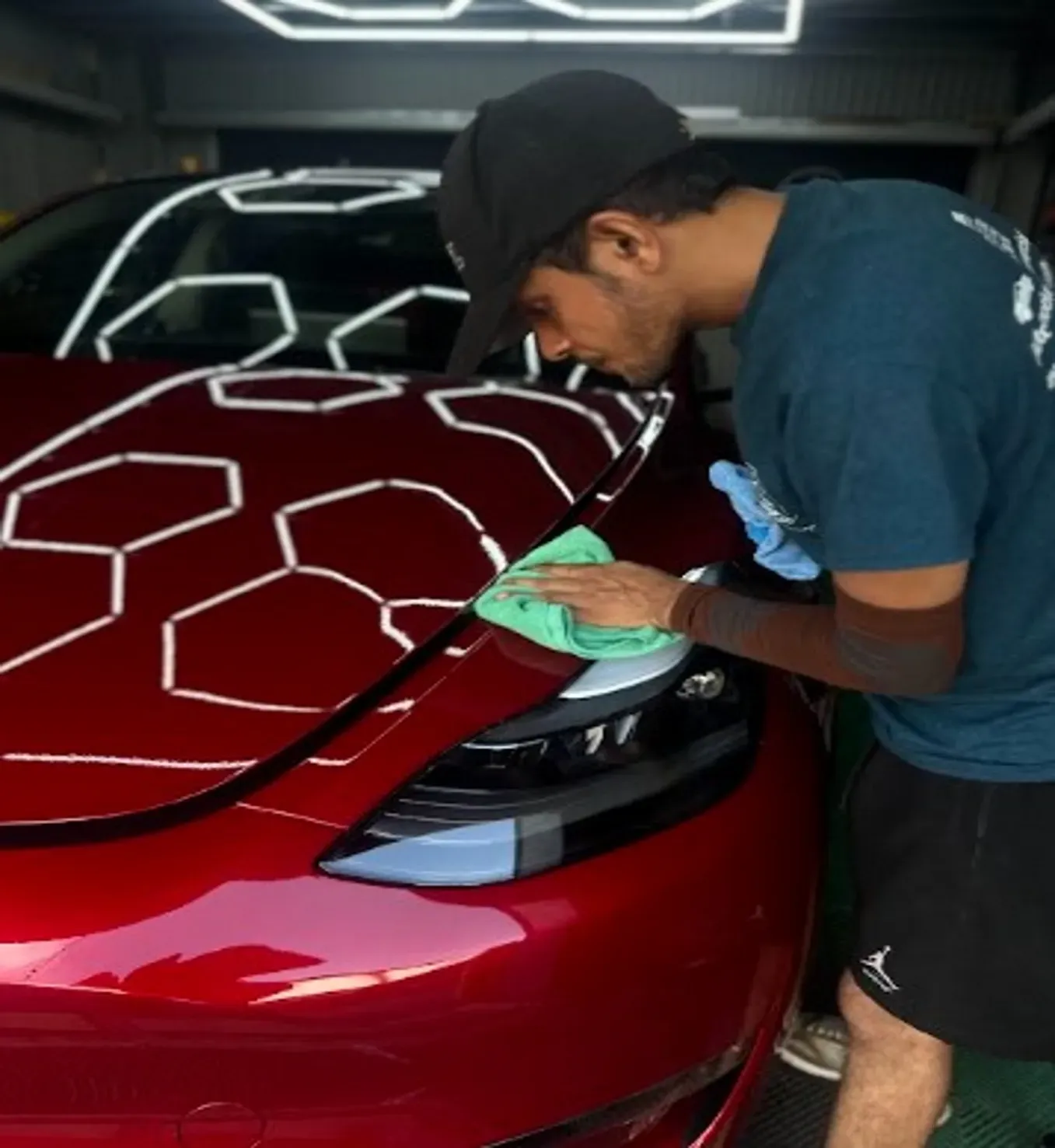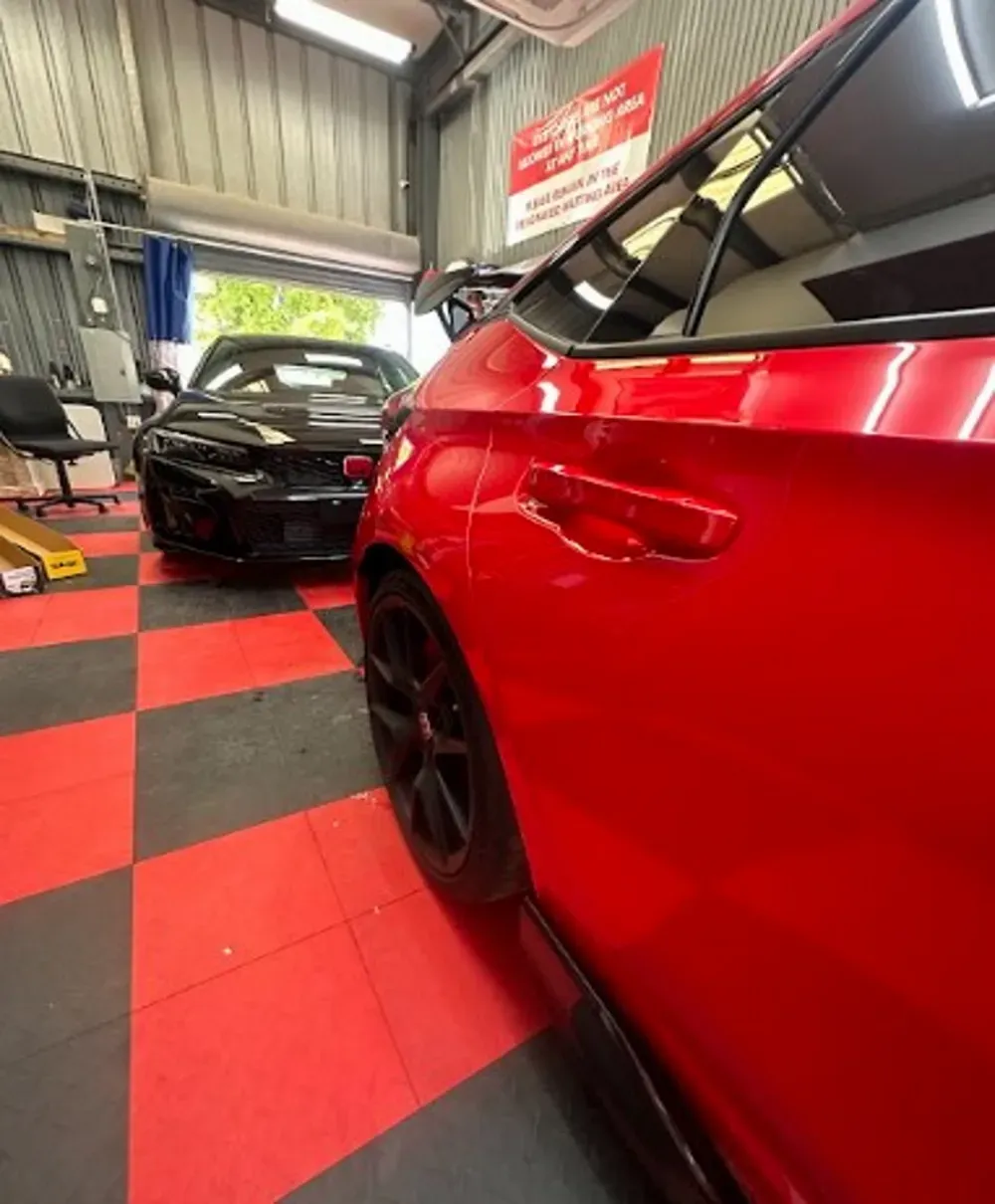When it comes to caring for your car, protecting its paint is as important as the engine under the hood. One of the best ways to ensure your vehicle looks great and stays safe from environmental damage is by applying ceramic coating. But did you know that timing is crucial to the effectiveness of this coating? In this article, we’ll explore the best time to apply ceramic coating to your car.
The best time to apply ceramic coating to your car is during moderate temperatures (between 50°F and 80°F) with low humidity and clear weather conditions. Spring and autumn are particularly favorable seasons, as they prepare your vehicle for summer UV rays and protect it from winter elements; however, controlled indoor environments should always be prioritized for optimal bonding and performance.
Optimal Weather for Ceramic Coating
When it comes to ceramic coating, thinking about the weather might seem trivial, but it plays a pivotal role in the success of the application. Things to consider while applying ceramic coatings are:
Temperature
First and foremost, let's talk about moderate temperatures. Ideally, your car should be coated in a temperature range of 50°F to 80°F (10°C to 27°C). If the temperature is too cold or too hot during the application of the ceramic coating, it can cure unevenly—that means an unsatisfactory finish with unwanted imperfections like high spots or streaking.
Humidity
However, temperatures alone aren’t enough; humidity also has a significant impact on the final product. For optimal ceramic coating application, you want to ensure humidity levels are low to moderate—ideally between 40% and 60%. High humidity introduces moisture into the air that can mix with the coating. The presence of moisture not only affects transparency but can also hinder adhesion, causing unplanned imperfections that compromise both the aesthetics and longevity of the coating.
Clear Weather
Beyond temperature and humidity, clear weather is equally important for your freshly coated car. You should always verify that there’s no rain or snow predicted for at least 24-48 hours after applying the coating. This timeline allows the ceramic layer to cure appropriately without interruptions from nature. Any exposure to water during the curing process can ruin not just your efforts today but potentially lead to costly repairs tomorrow.
Considering these factors effectively ensures an optimal application process, allowing you to preserve the investment for years ahead.
Seasonal Timing for Best Results
Timing the application of ceramic coating can make a significant difference in its performance and longevity.
Spring
Spring, for example, emerges as an exceptional time for this task. With moderate temperatures and low humidity, spring offers an ideal environment, which is crucial because extreme conditions can hinder proper bonding or lead to issues like hazing. Applying the ceramic coating during these pleasant months prepares your vehicle perfectly for the intense sun and bugs that summer brings, ensuring a strong protection layer against potential damage.
Autumn
Just as spring sets a solid foundation, autumn presents another prime opportunity to coat your car. As the weather cools down and leaves begin to fall, preparing your vehicle for the winter months becomes essential. Coating your vehicle before winter ensures it stands strong against corrosive elements such as road salt and ice. These harmful substances can chip away at your paint, but with a well-applied ceramic coating, your car gains an added layer of defense.
Winter & Summer
While both spring and autumn offer excellent conditions, many may wonder about summer and winter applications. It's important to note that although it's possible to apply ceramic coatings during these times, they present certain challenges due to extreme temperature swings and humidity levels. In summer, the heat can cause the coating to dry too quickly, risking an uneven finish; conversely, winter's frigid temperatures can slow down the curing process, leading to less effective bonding. If you find yourself needing to apply ceramic coating during these seasons, opting for a climate-controlled indoor location can be a prudent solution that helps ensure successful results.
Being mindful of seasonal variations not only boosts durability but also enhances the aesthetic appeal of your vehicle’s finish by allowing it to cure properly without interference from adverse weather conditions.
Benefits of Proper Ceramic Coating Application
One of the standout advantages of proper ceramic coating application is enhanced durability. A well-applied coat can last up to five years or more, acting as a robust shield against everyday wear and tear. In contrast, a hastily applied coating may show signs of deterioration within just a year. This is because the bonding process—the way the coating adheres to your car’s surface—requires specific conditions to thrive. If conditions are not ideal during application, it can lead to weak spots, causing your investment in vehicle protection to fail prematurely.
Beyond longevity, there’s also the matter of appearance. When applied under the right circumstances, ceramic coating lends a glossier and more vibrant appearance to your car. The curing process effectively locks in the clarity and color of your paint while minimizing the risk of contaminants that could dull its shine. For many car enthusiasts, this visual appeal justifies meticulous attention to detail during installation since a stunning finish enhances pride in ownership and can increase resale value.
However, we cannot overlook how important UV protection is for your vehicle's paint. Ceramic coatings provide substantial barriers against harmful UV rays, which can cause oxidation and fading over time. This protection ensures that your vehicle maintains its original color and gloss, with some coatings even engineered to absorb damaging rays before they reach the paint. By preventing oxidation, you preserve the integrity of the paint job for years.
Along with protecting your car's aesthetic quality, correctly applied ceramic coatings also simplify cleaning. A well-applied ceramic coat creates a hydrophobic surface that allows dirt and water to slide off easily. When rain falls or when you're washing your car, you'll notice how much easier it is to maintain cleanliness compared to surfaces without ceramic protection. This ease of cleaning saves you time and effort, turning what used to be a tedious task into a straightforward one.
By ensuring optimal conditions for application—adequate temperature control, low humidity levels, and clean environments—you can fully harness all these benefits. Whether through seeing remarkable improvements in appearance or experiencing less stress during maintenance routines, the advantages become clear.
Avoiding Common Application Mistakes
When applying a ceramic coating to your vehicle, the process can be rewarding, but it requires careful attention to detail. Even a small mistake can impact the finish, longevity, and effectiveness of the coating. Some common mistakes to avoid while applying ceramic coatings are:
Applying Ceramic Coating in Direct Sunlight
One of the most significant mistakes people make is applying the ceramic coating in direct sunlight. While the idea of working outside might seem inviting, the sun's intensity can speed up the drying process too quickly. This fast-drying can lead to those dreaded streaks and high spots, which not only diminish the aesthetic appeal but may also compromise the durability of the coating. Instead, choose a shaded area or plan for early morning or late afternoon when sunlight is less intense.
Skipping Surface Preparation
Skipping surface preparation can be a costly error. The surface must be clean, smooth, and free of any contaminants to ensure a proper bond between the ceramic coating and the vehicle’s paint. Failing to do so may result in premature failure as the coating cannot adhere correctly. A thorough wash, decontamination with clay bars, and polishing are essential steps that should not be overlooked. Think of it as preparing a canvas before painting; without a clean foundation, the end result will suffer.
Using Too Much Product During Application
Once you have your surface ready, it’s essential to pay attention to how much product you use during application. Overloading the applicator with too much ceramic coating at once can create uneven surfaces and make it challenging to achieve that desired flawless finish. Applying a small amount is effective! It’s better to apply in thinner layers rather than trying to cover large areas all at once; this allows for better leveling and curing. This meticulousness might seem tedious, but taking your time improves both appearance and longevity—ensuring your hard work pays off.
Ignoring Cure Time
Lastly, it is crucial to understand and respect the duration of the cure. Ignoring recommended cure times is a surefire way to compromise your results. Each layer of ceramic coating has specific curing agents that need time to set properly. Rushing this process may affect durability and efficacy significantly. Always check the manufacturer's guidelines and ensure you allow adequate time for each layer to cure before exposing your vehicle to moisture or driving it under normal conditions.
By avoiding these common pitfalls, you not only enhance your vehicle's appearance but also its ability to withstand wear over time.
Final Words
Applying ceramic coating at the right time ensures better adhesion, durability, and overall performance. Spring and fall are the best seasons for application, offering ideal weather conditions. Summer and winter applications require extra precautions, such as working in a controlled environment or avoiding direct sunlight and extreme temperatures.
Regardless of the season, ensuring proper preparation, humidity control, and temperature management will result in a flawless finish that enhances your car’s shine and protection.
For optimal results when applying ceramic coatings, always consider leveraging professional services like those at Cayman Window Tinting. Our team consists of certified installers who bring expertise and controlled environments to ensure perfect application conditions for your car. With meticulous attention to detail, our professionals can apply ceramic coating that not only meets but exceeds expectations.
For unparalleled protection and performance for your vehicle, visit us at Cayman Window Tinting today! Call us at (345) 939-7343 for expert ceramic coating services.
Cayman Window Tinting
Taking Your Vehicle to the Next Level
Headquartered in Georgetown, Cayman Islands and founded in 2017, Cayman Window Tinting is the leading window tint installers and vehicle paint enhancement and protection experts in our unique area of the world! In addition to enhancing the aesthetic appearance and functional protection of all vehicle makes and models, we also offer UV-resistant window tinting to boats, all vehicles, homes, and commercial buildings alike. Each of our window tinting applications available at Cayman Window Tinting are specifically tailored to each customer’s requirements for unrivaled interior protection, no matter if it is a vehicle or property.
QUICK LINKS
OUR LOCATION
Sparky's Dr, 23 Lancaster Crescent Grand Cayman KY1, 1009, Cayman Islands
CONNECT WITH US
PHONE: (345) 939-7343
Cayman Window Tinting was designed by the team at Detailers Roadmap, a platform developed for detailing operators across the globe.
All Rights Reserved | 8bitcreative, LLC | Cayman Window Tinting


